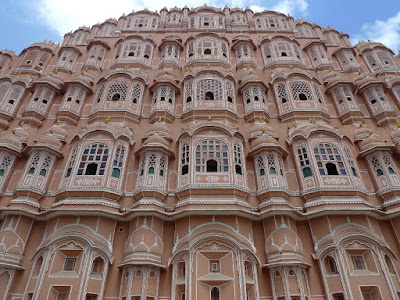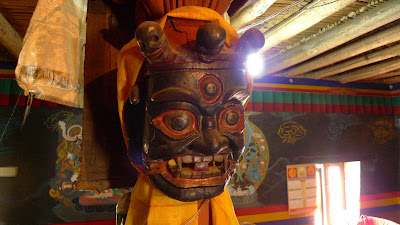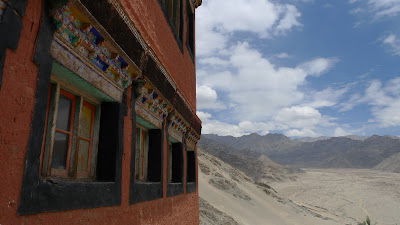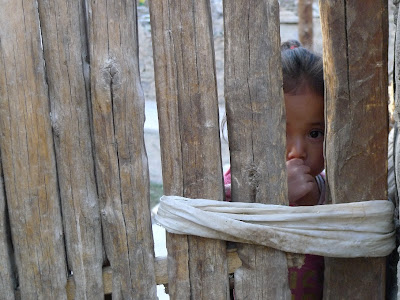
I’ve been living in the Punjabi Basti (Colony) across the street from the Tibetan Refugee Camp, in North Delhi. I’ll be here until December picking up local habits and studying language, and also putting my graduate school applications in order – I hope to apply to anthropology programs by the December 15th deadline. My neighborhood is on the government utility grid, which means that the only water available is through a back-up pump that runs whenever my landlord feels like it, and there are scheduled power cuts from 3-4pm and 7-8pm, and unscheduled cuts throughout the night. This is my studio apartment.

The best part of my bathroom you can’t see in the photo. Someone knocked a two foot hole into the wall, so there’s lots of fresh air to compensate for the lack of a flushing toilet.

My neighbors have about 30 kids. This one likes to waltz into my room and play with my earplugs. He cries much more than he talks, and he always has this deer-in-the-headlights look.

Today was Krishna’s birthday, but the celebration started last night. A parade marched down my road, and these boys wanted their picture taken in front of the lead horses. Maybe the boy on the left is trying to avoid the Avian Flu. Two cases hit the south, and there's mass hysteria.

Tonight at midnight a group of neighbors amassed in the local temple to celebrate.

Some dancing girls.

Some acting men (including boys representing girls, like on the Elizabethan stage).

And here was the great moment of release: baby Krishna in his basket getting gingerly carried around the room while everybody jockeyed to touch the baby’s auspicious feet.


Twice a day I take my meals here. It’s called a “dhaba” – a roadside restaurant. They use clay ovens to make some delicious north Indian breads, and their specialty food is the potato. In this picture, “bhai” (elder brother) is dumping my eggplant into a takeaway baggie.

The bread maker. This guy rolls a wicked roti. I call him “bhai” also. He’s Hindu but he wears a necklace with a holographic image of Christ being crucified. We met up and went to the temple tonight at midnight. He's a really hard worker. Starts at 9am, finishes after midnight, seven days a week.









































